With the Redmi A1, Xiaomi now has a competitor in the market for entry-level smartphones, which hasn’t happened in a while. The Redmi A1’s design is based on the same idea as the Xiaomi ‘A’ series devices; Google stock Android on reliable Redmi hardware. With a starting price of just Rs 6,499, the device’s stock Android Go skin from Google and a number of additional features may make it an alluring choice in the low-cost market. Due to a dearth of worthy rivals, the Redmi A1 is likewise in a favorable position. So should you invest Rs 7,000 in the Redmi A1? Let’s find out in our review.
Redmi A1 Specifications
Before starting with the Redmi A1 review, let’s look at the phone’s specifications.
- Display: 6.52-inch HD+ resolution, 60Hz refresh rate, LCD panel
- CPU: MediaTek Helio A22 Processor
- RAM: 2GB
- Storage: 32GB internal storage
- Software: Android 12 Go Edition
- Main Camera: 8MP + AI Lens
- Selfie Camera: 5MP (f/2.4)
- Connectivity: MicroUSB, Wi-Fi, Bluetooth v5.0, GPS/ A-GPS, FM Radio
- Cellular: Dual SIM
- Battery: 5,000mAh, Li-ion Polymer, 10W fast charging
Box Contents
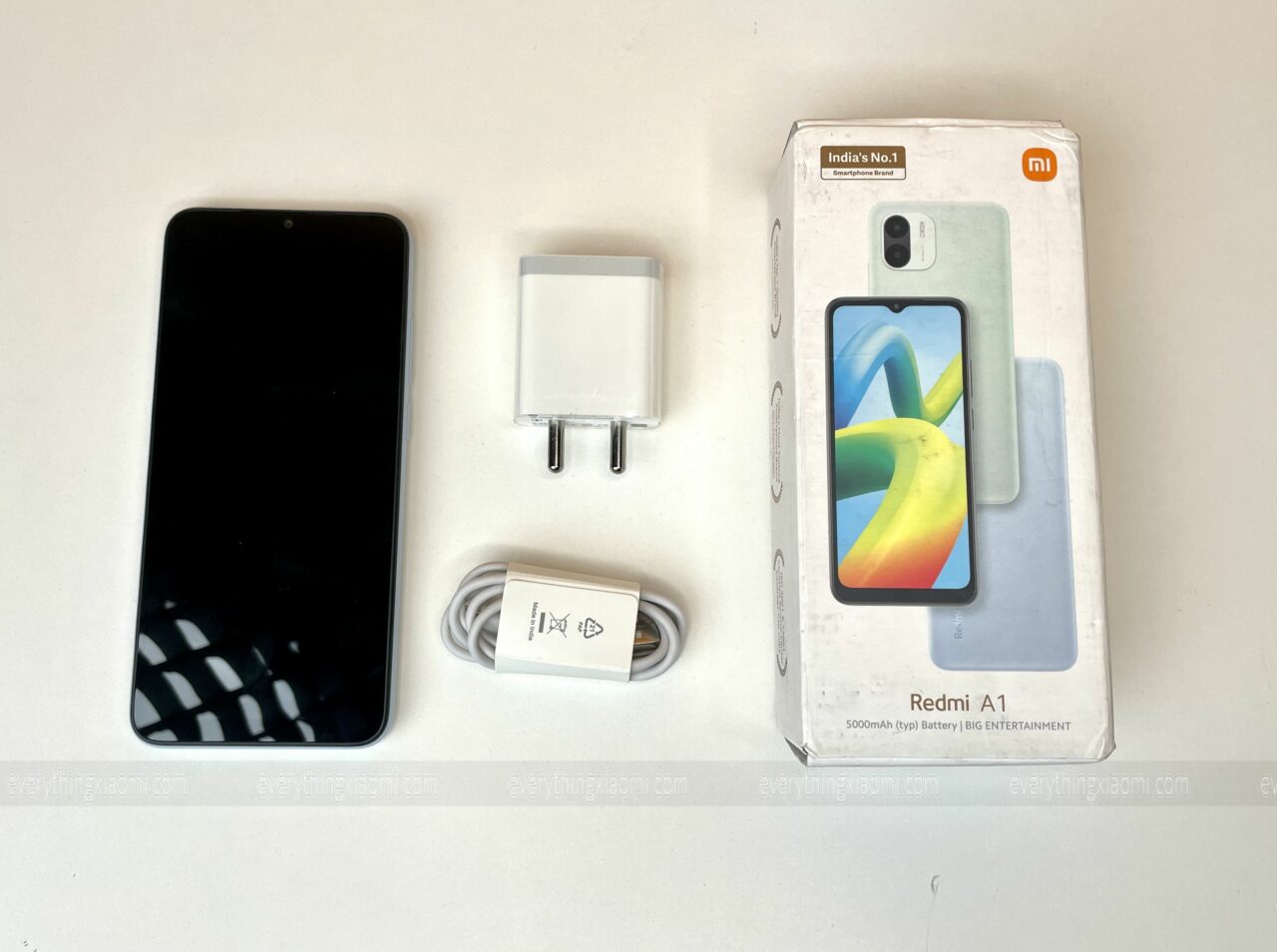
Here’s a complete list of items you get inside the box:
- Redmi A1 smartphone
- 1oW fast Charger
- MicroUSB Cable
- Sim Ejector Tool
- Documentation
Design & Display
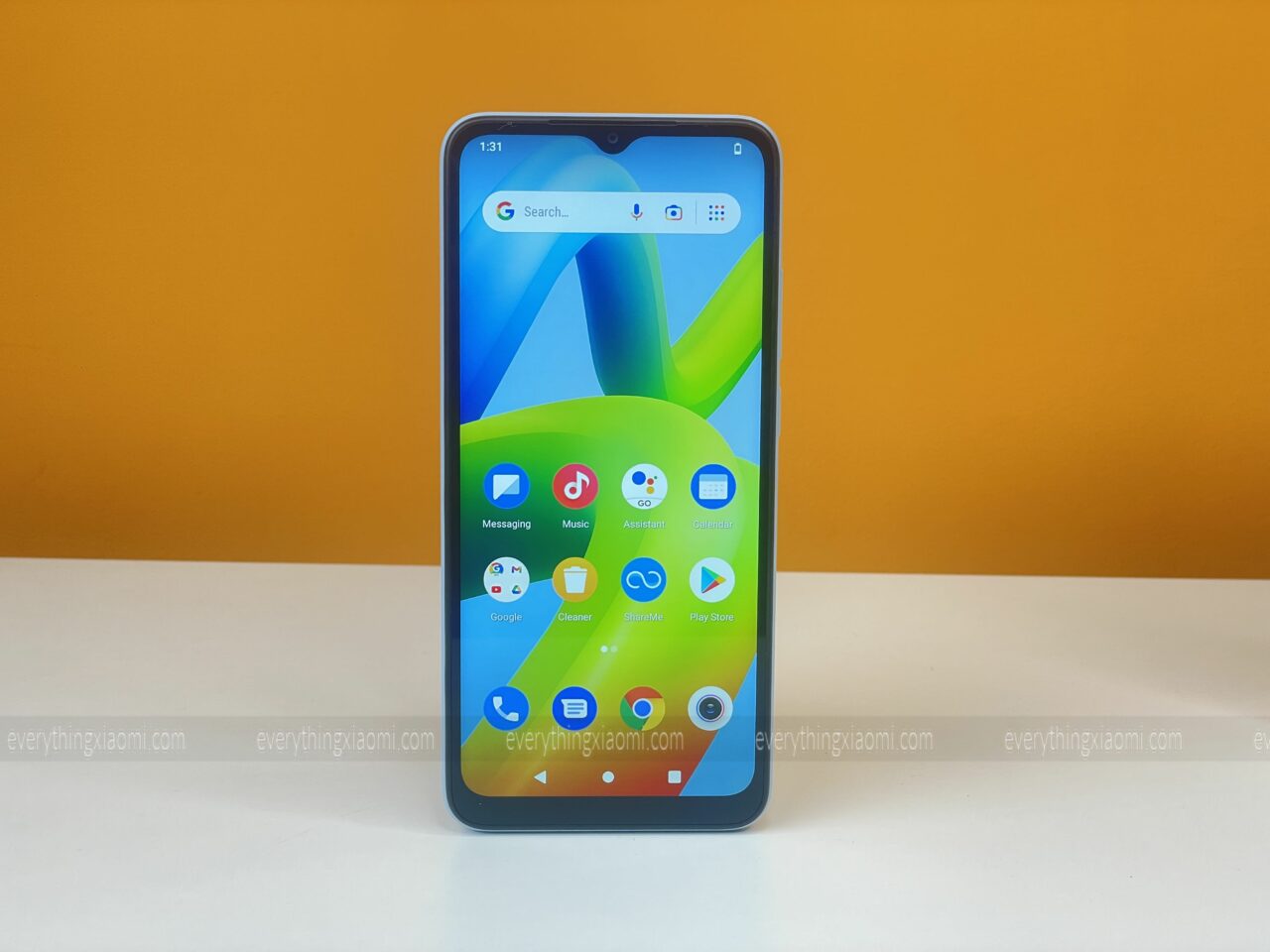
The Redmi A1 is a fairly lightweight, pocketable, and simple-to-hold smartphone. Redmi took a simple approach with the A1 and managed to accomplish a lot with relatively little effort. The phone is made completely of plastic and has a textured back that imitates faux leather and looks stylish while also being grippy enough and preventing smudges. The A1 also debuts with three pastel shades which further elevates its value.

With a design we’ve seen on other high-end products from the company, the phone boasts a vertically organized twin camera arrangement on the back that is nearly flush with the casing. As for the button placement, the Redmi A1’s volume rockers and button are located on the right side, while the SIM tray is located on the left. The sole speaker unit is located on the top, with the headphone jack and a microUSB port placed on the bottom.
The Redmi A1’s display is an ordinary 6.52-inch HD+ LCD panel with a refresh rate of 60Hz. The phone has a dated appearance due to the waterdrop-style notch at the top for the selfie camera and the wide bezels all around. However, the display has a peak brightness of 400 nits, which is more than adequate for a smartphone priced under INR 10,000. It also has decent color reproduction, making it a decent option to enjoy some content.
The Redmi A1’s display is generally suitable for casual content consumption, which will be the majority of customers’ use cases, and the device will work well with the HD content bundle that the majority of OTT platforms are now giving.
Software & Performance
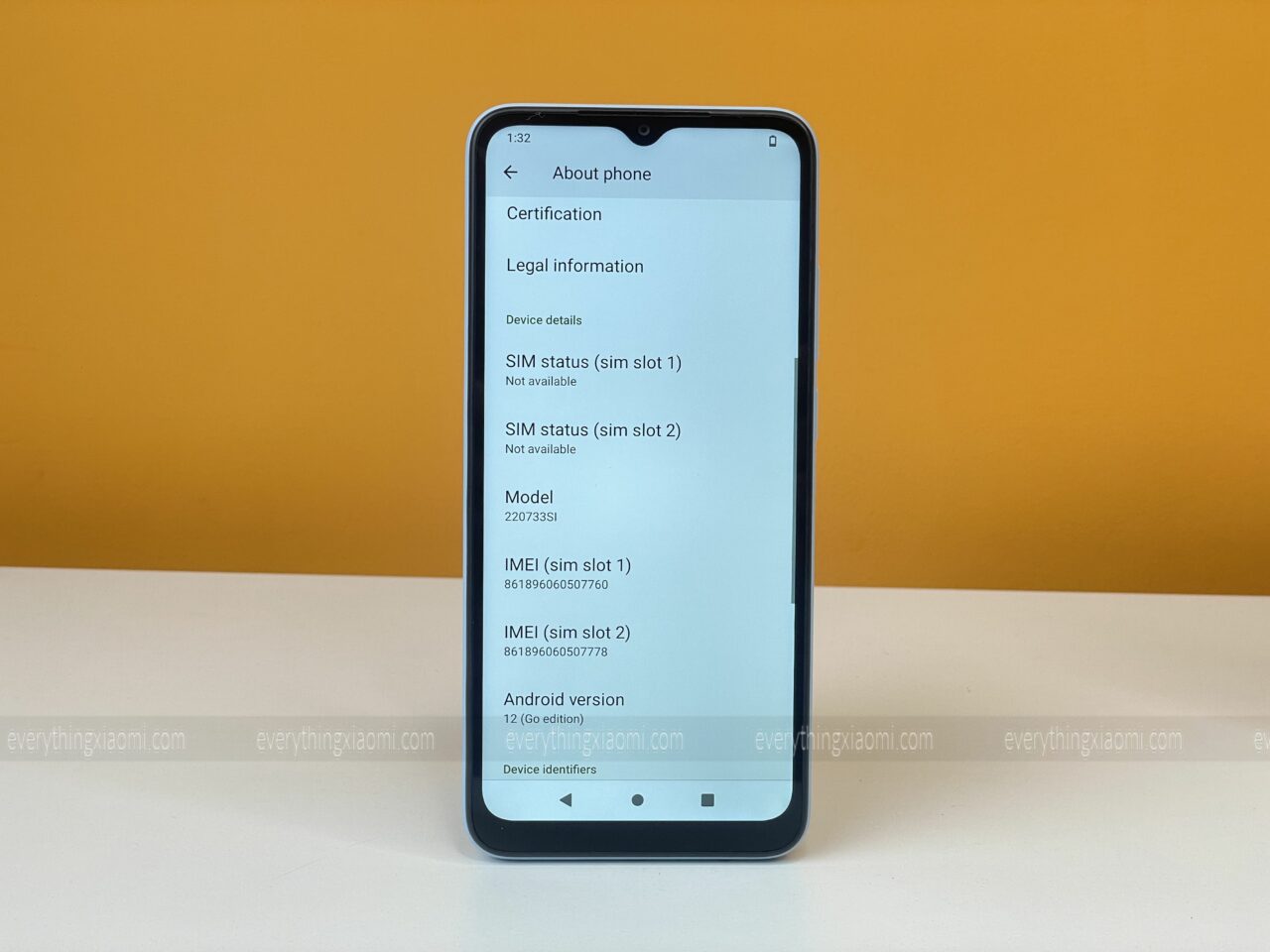
The Redmi A1 runs a stock version of Android 12 Go, unlike other devices from the Xiaomi group that come with the MIUI custom skin. This is the product’s USP and helps it succeed despite having a weak processor. A distinct set of Google apps, which are scaled-down copies of the standard builds found on regular Android-powered handsets, are added to the Android Go package. Nevertheless, Redmi has supplemented the vanilla build with a handful of its own apps, such as Camera (without all the AI features). The overall user interface is still respectable for a device running Android Go. There are several details missing here, such as the software update scenario that previously caused the Xiaomi ‘A’ to fail.
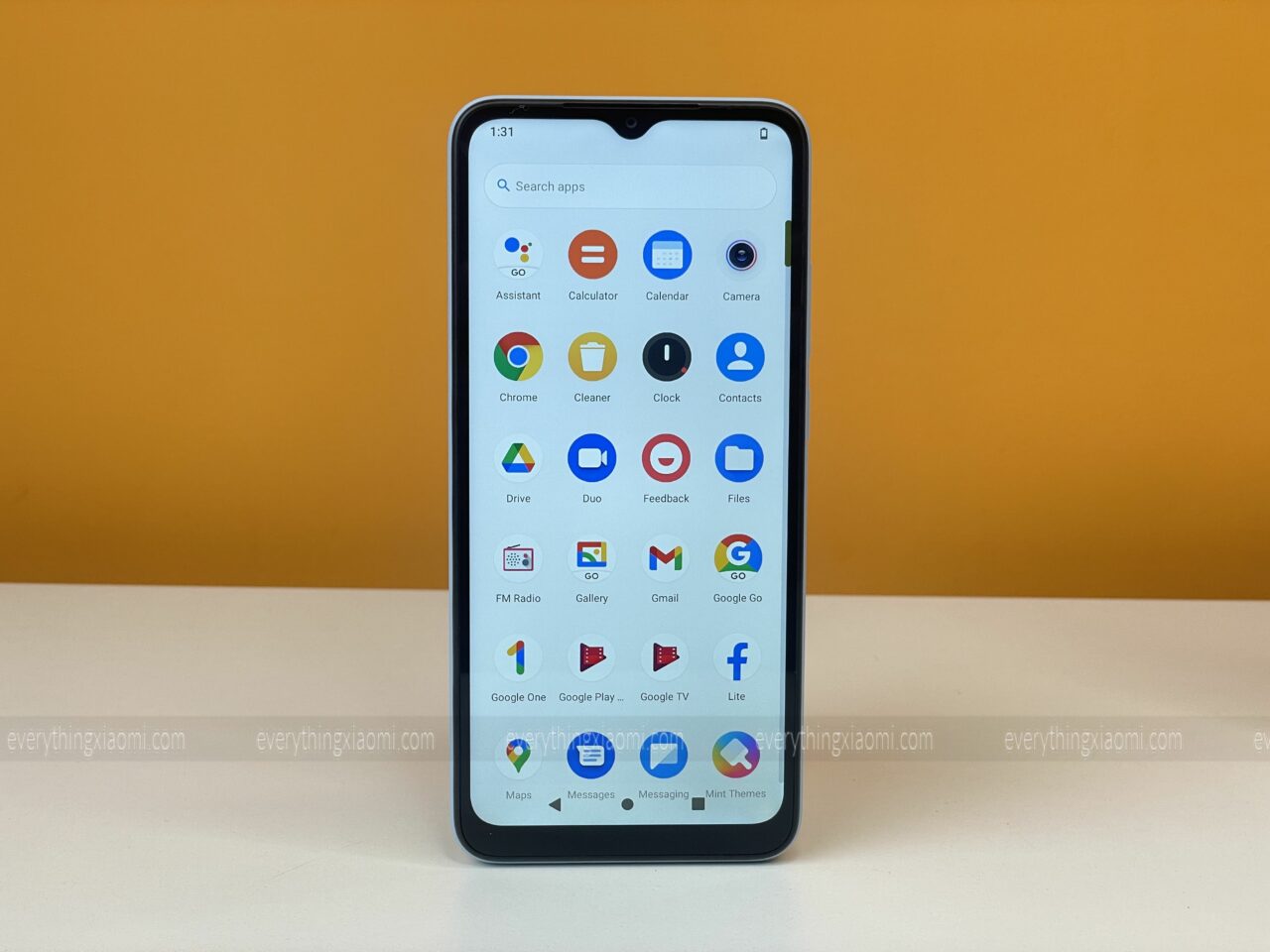
On the performance front, the Redmi A1 comes packed with the MediaTek A22 SoC. This SoC, which is four years old, has also been seen in other Redmi products. The SoC is coupled with 2GB RAM and 32GB of internal storage, with a microSD card slot allowing for storage expansion of up to 512GB. There is a brief latency when switching between a couple of the apps, so it is obvious that the SoC and RAM combination is not designed for a snappier experience. However, as long as you do not push it too much, the experience will be enjoyable.
The majority of well-known apps, such as PubG, Call of Duty Mobile, and Asphalt 9, are incompatible with phones, but you can still play some simple games. There is also a single bottom-firing speaker which is adequate, however, there is no fingerprint sensor for authentication which is led down, but you do get it on the recently launched Redmi A1+.
Camera & Battery

The Redmi A1 has an 8MP primary camera on the back that is assisted by an AI lens, while a 5MP camera is in charge of taking selfies. While the main sensor’s dynamic range and exposure handling are at best mediocre in daylight, it does a decent job of capturing details and reproducing colors. The sensor’s low-light performance is also nothing to brag about. The 5MP selfie camera produces average-at-best selfies, with respectable levels of detail and accurate facial tones.

The Redmi A1’s battery is one of its strongest points, and the device has a sizable 5,000mAh cell inside. The phone performed admirably during our tests, lasting two days despite mixed use. This is to be expected given the hardware and software configuration in question. The 10W charging brick that comes with the A1 charges the phone in roughly two hours.
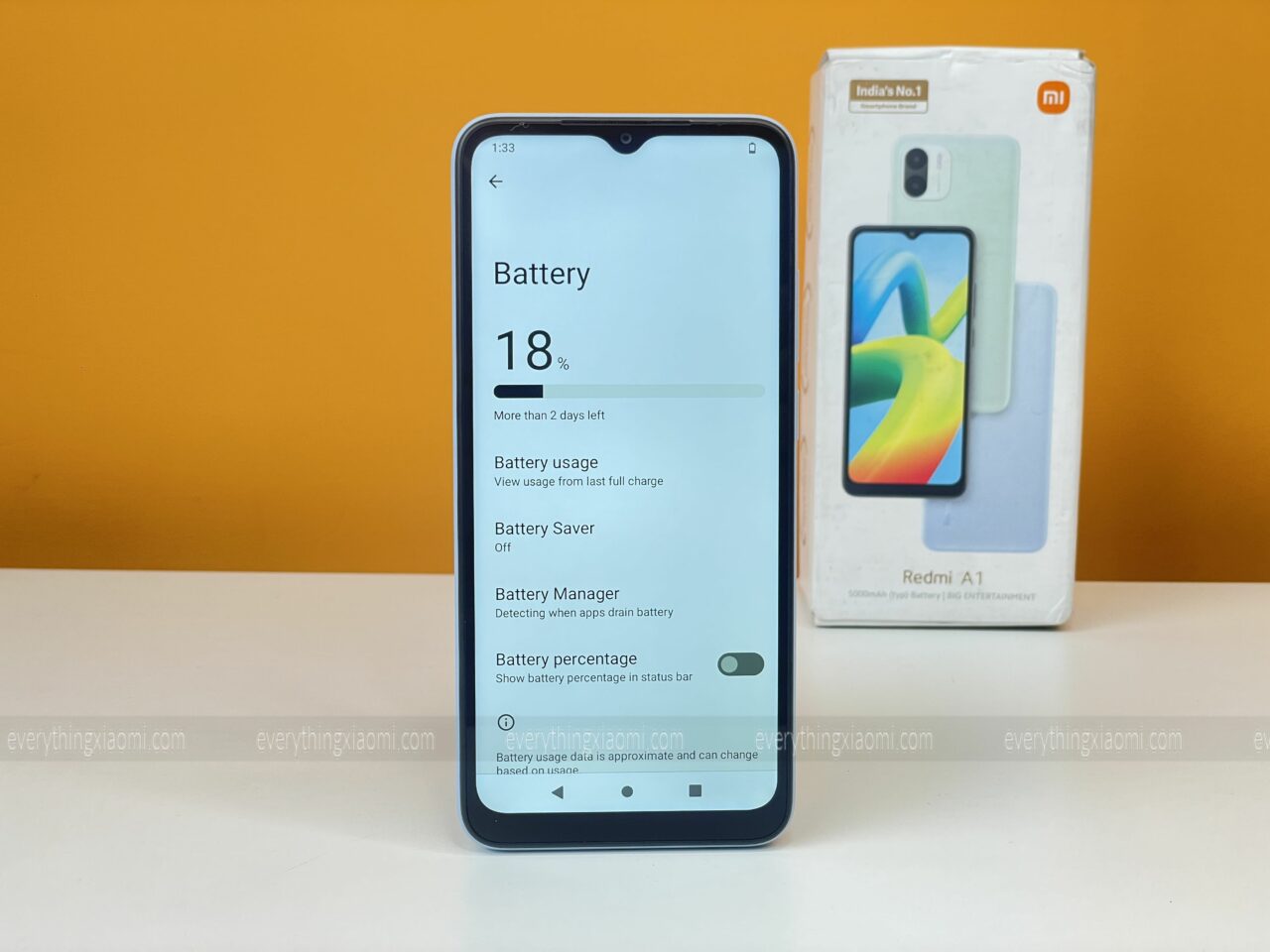
Verdict
The Redmi A1 is a reliable entry-level product with a blend of streamlined software, practical design, and long-lasting battery life. Anyone on a very tight budget will find it simple to recommend the A1 for INR 6,499. This might not be the best option, though, if you need to do a lot of processing work or need a snappier handset, that captures good photos. Consider the Redmi A1 as the ideal entry point for a feature phone user into the smartphone ecosystem.
Pros
- Minimalistic Design
- Clean Software
- Excellent Battery life
Cons
- MicroUSB slot
- Underpowered SoC

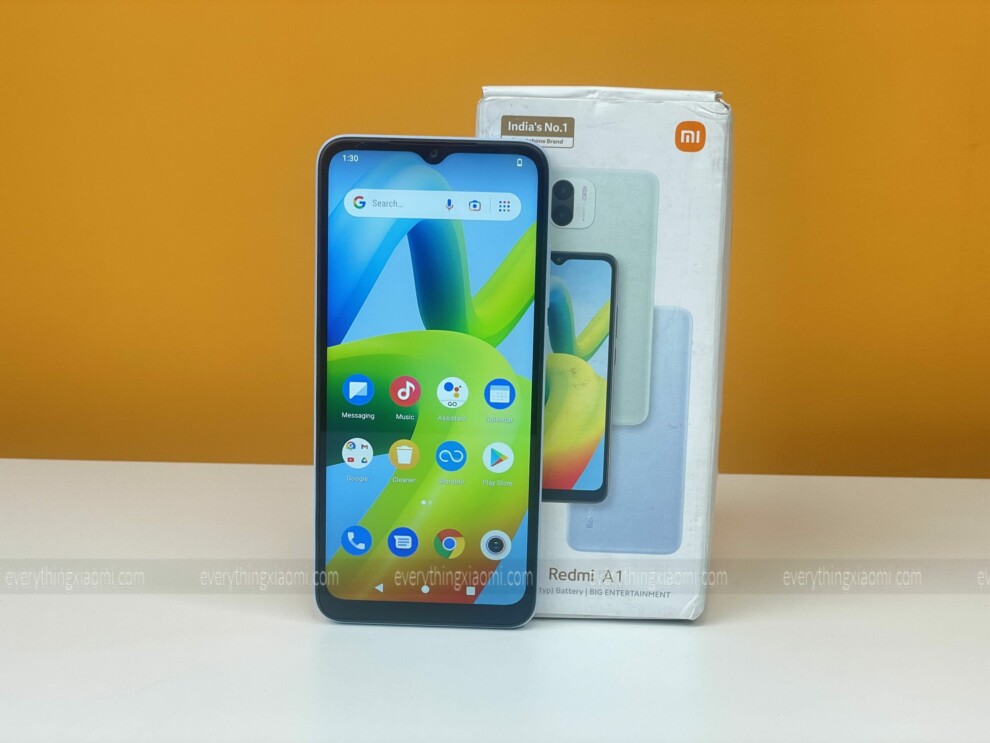
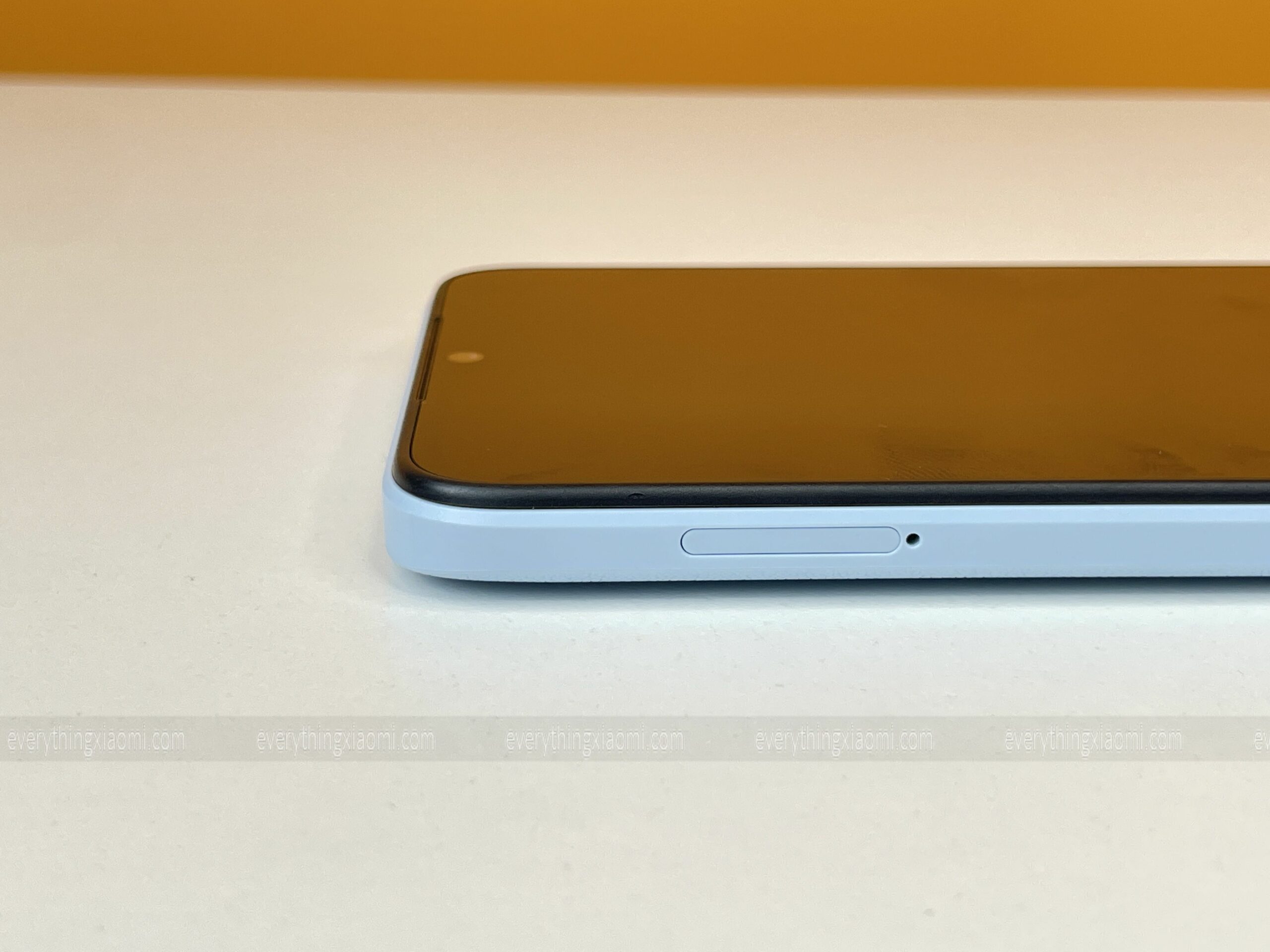

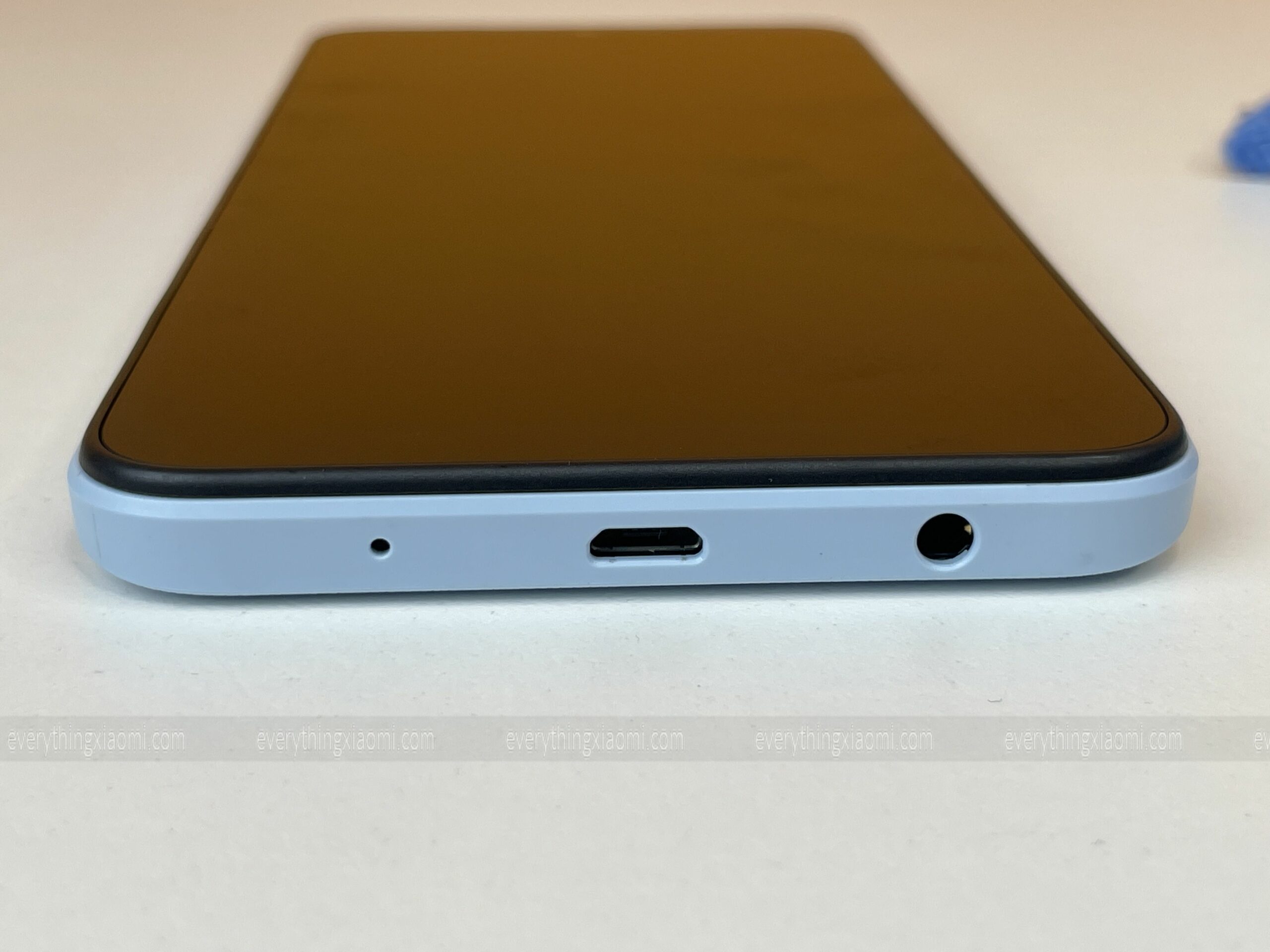
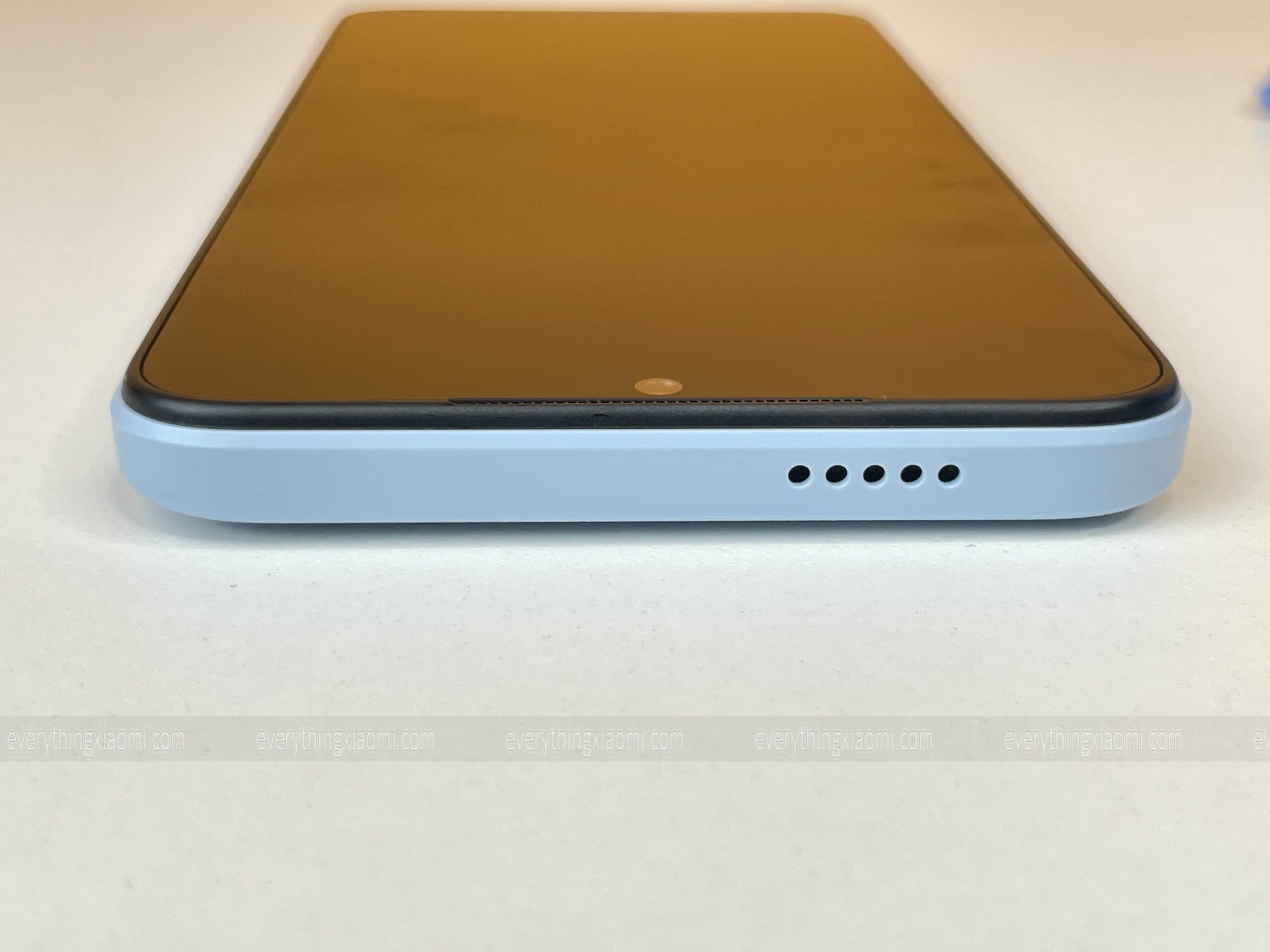




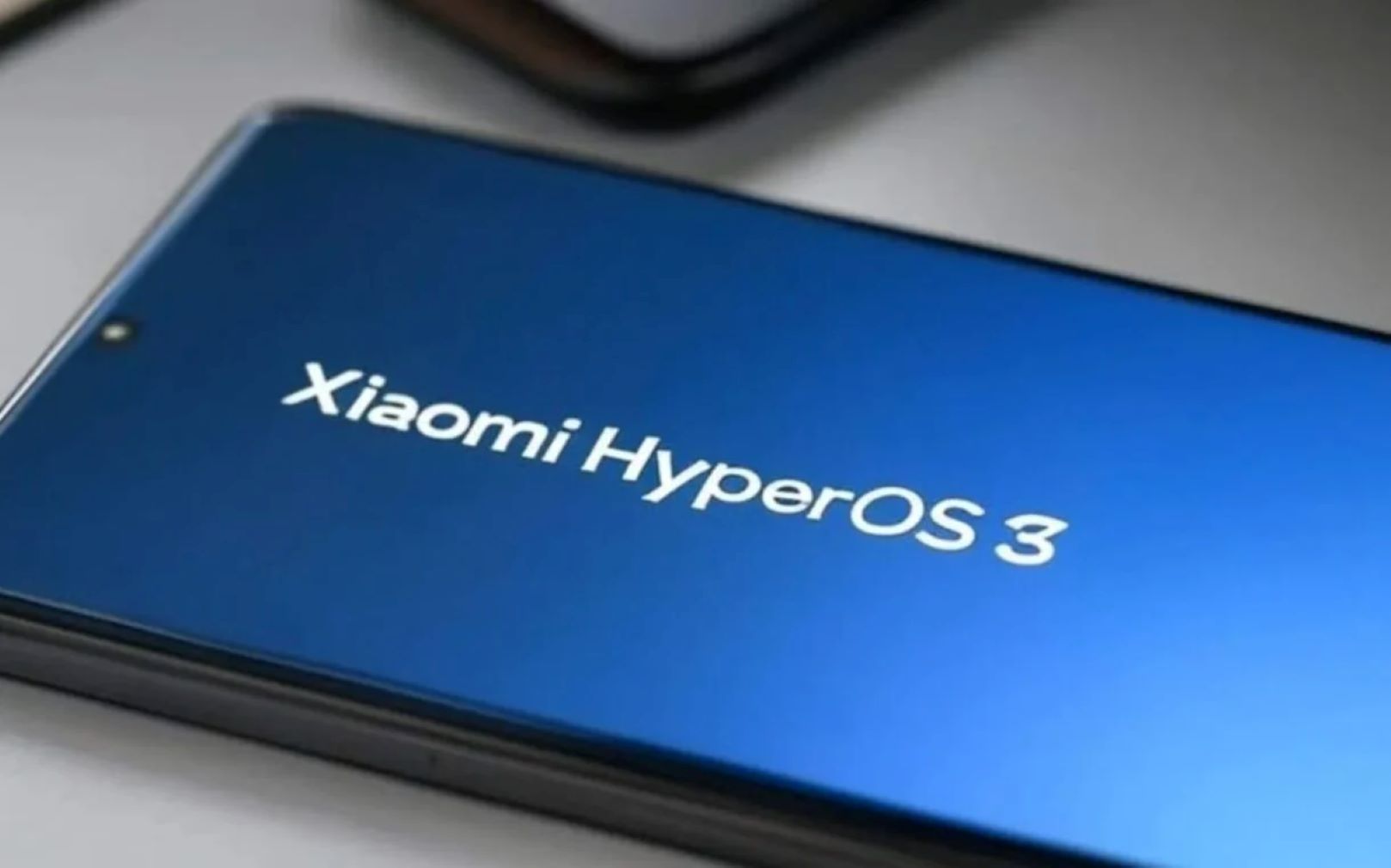

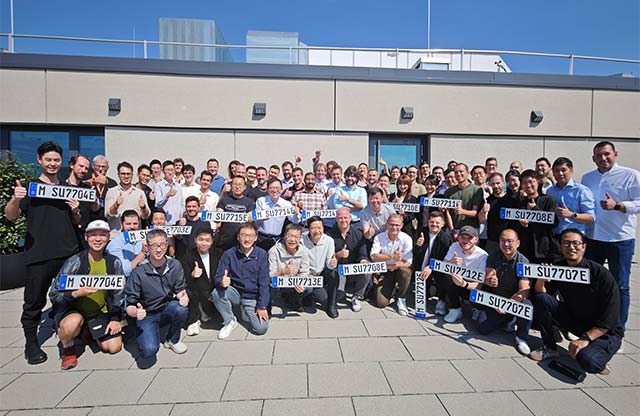
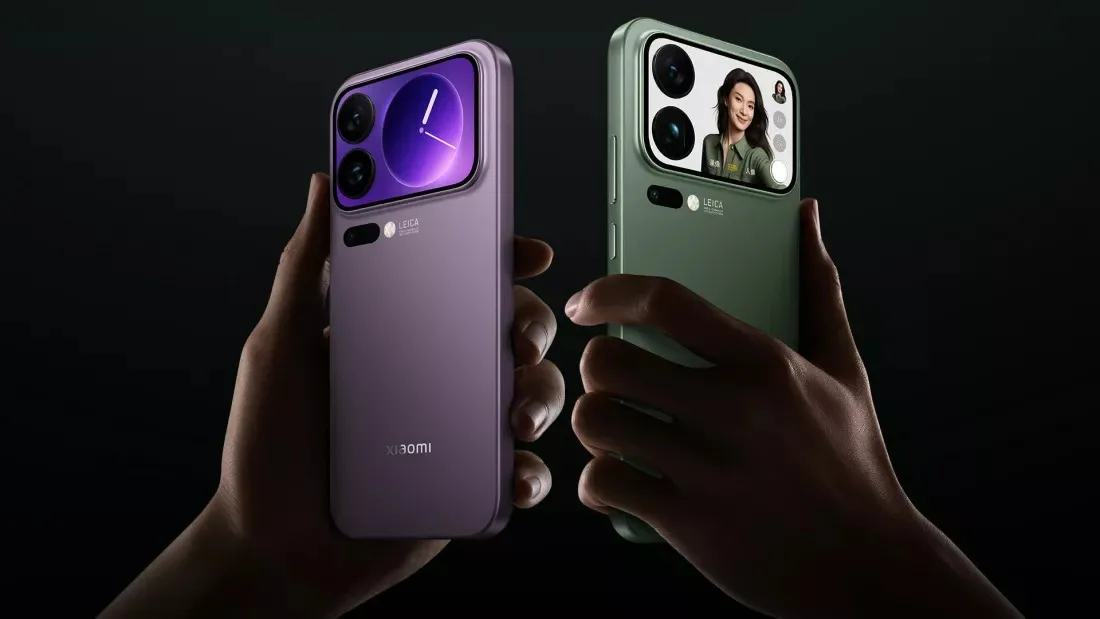
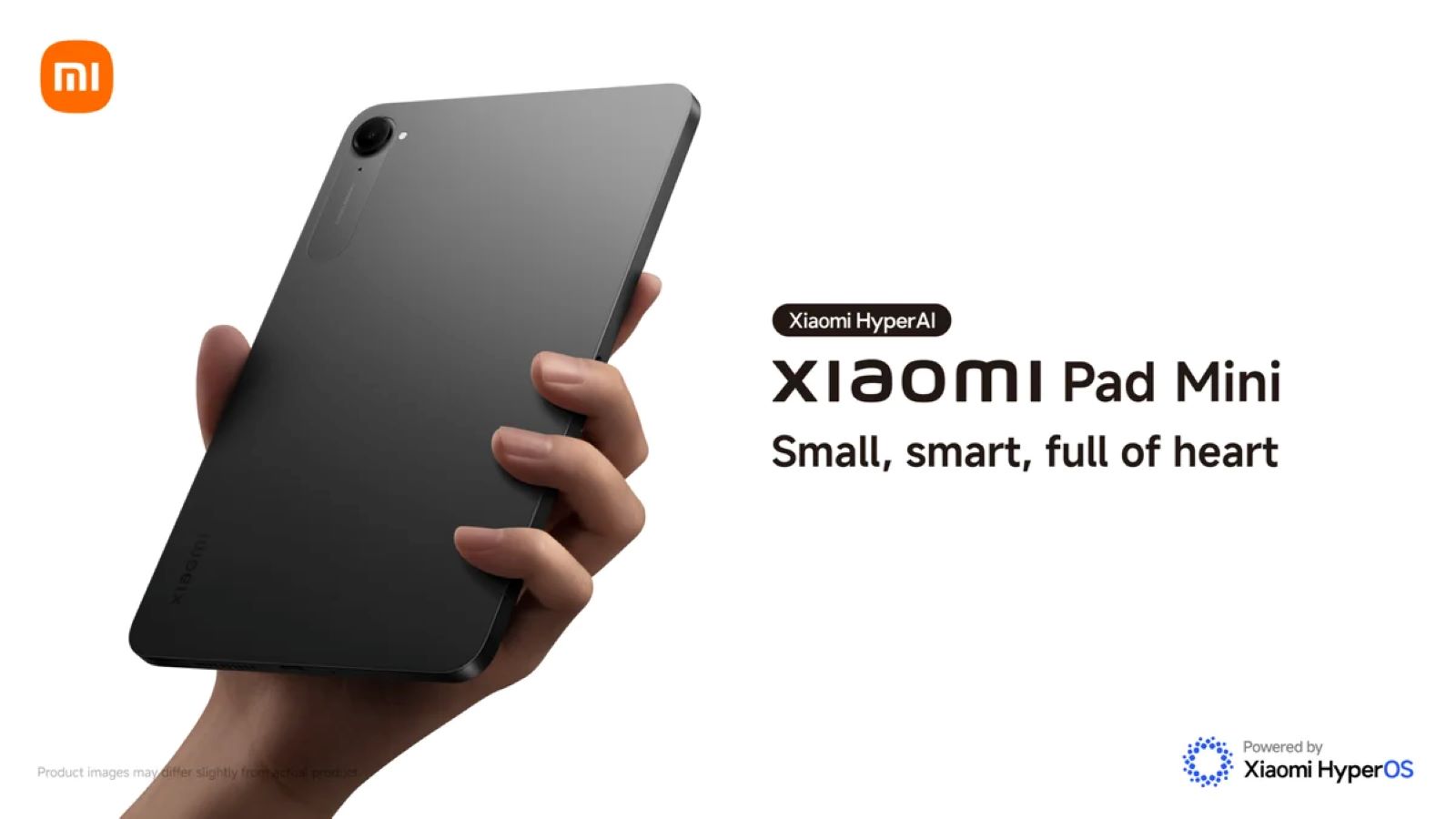
Add Comment